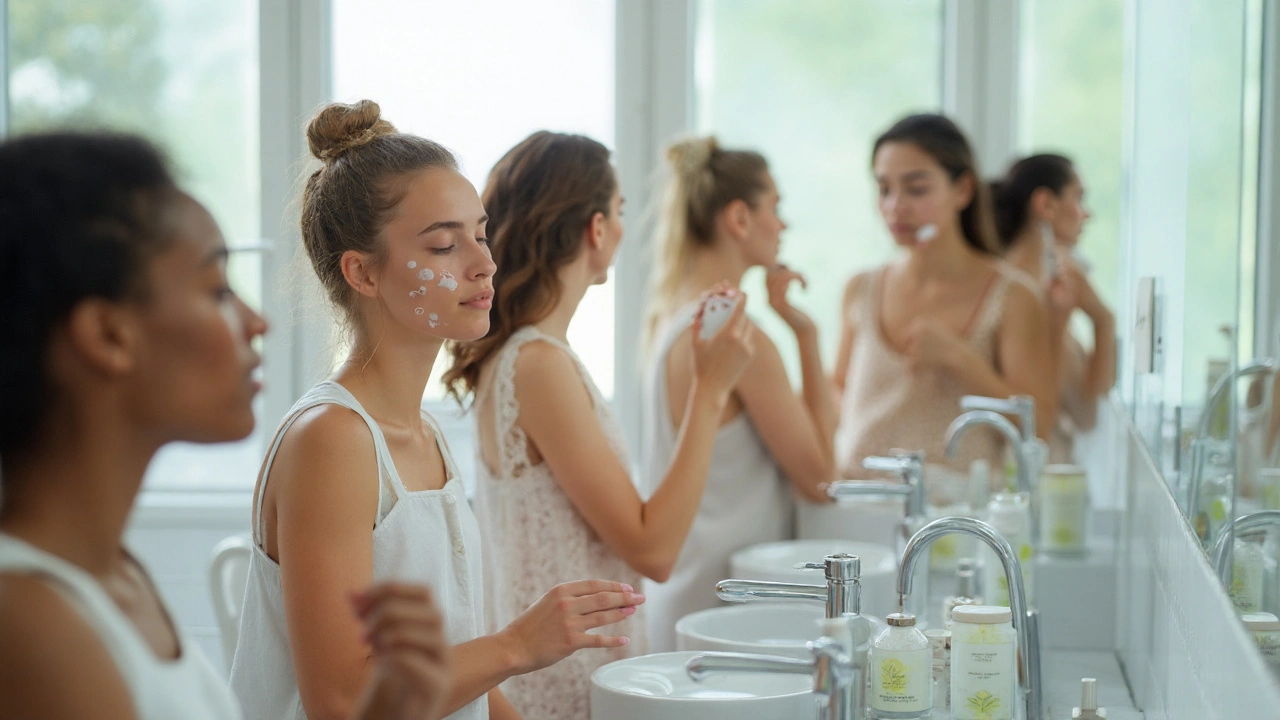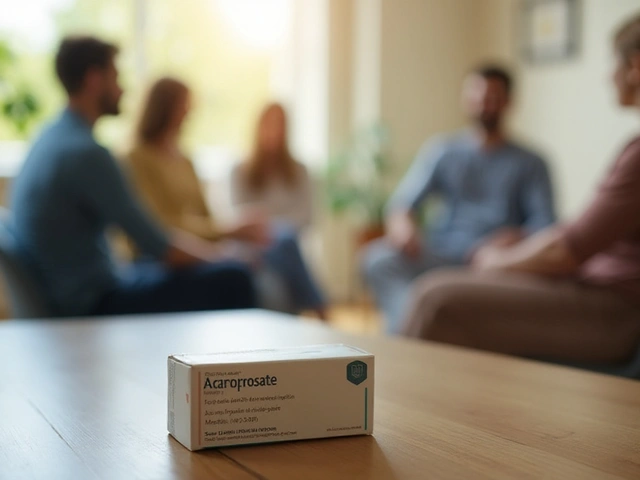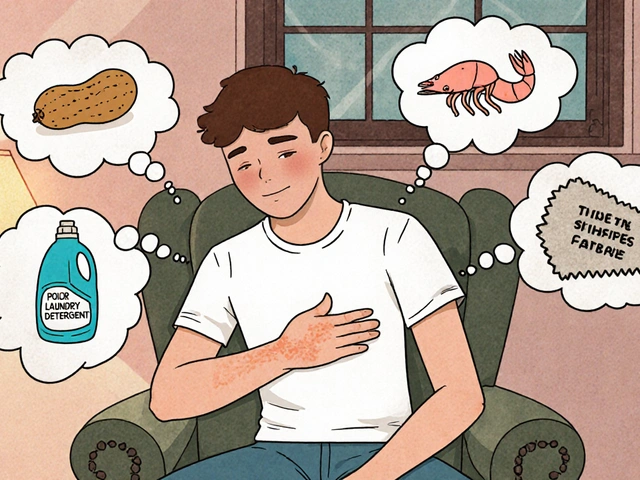Topical Acne Combo Guide: Best Pairings & How to Use Them
If you’ve tried a single acne product and still see pimples, you’re not alone. Many skin‑care fans find that mixing two topicals gives better results than using one alone. The idea is simple: each ingredient attacks a different cause of acne, so together they shut down breakouts faster.
Why combine topicals?
Acne isn’t just clogged pores. It also involves excess oil, bacteria, inflammation, and dead skin cells. A benzoyl peroxide gel kills the bacteria that live in the pores, while a retinoid helps the skin shed dead cells and stay clear. When you pair them, you hit two problems at once. There’s also a practical side – you can use a lower dose of each ingredient, which often means fewer side effects like dryness or irritation.
Remember, more isn’t always better. The goal is to choose ingredients that complement each other, not clash. That’s why you’ll see doctors and dermatologists recommend specific combos that have been tested for safety and effectiveness.
Top three combos that work
1. Benzoyl peroxide + Clindamycin
Benzoyl peroxide (BP) is great at killing the acne‑causing bacteria Propionibacterium acnes. Clindamycin is a prescription antibiotic that reduces inflammation and bacterial growth. When you apply BP in the morning and clindamycin at night, you keep the bacteria under control all day. Start with a 2.5% BP gel to avoid excessive dryness, and use a thin layer of clindamycin cream before bed.
2. Retinoid (adapalene) + Benzoyl peroxide
Adapalene, a gentle over‑the‑counter retinoid, helps skin cells turn over faster, preventing clogged pores. Pairing it with BP tackles both the blockage and the bacteria. Use BP in the morning, let it dry, then apply a moisturizer. Apply adapalene at night on clean, dry skin. If your skin feels tight, add a non‑comedogenic moisturizer after the retinoid.
3. Salicylic acid + Nichol’s Herbal blend (e.g., tea tree oil)
Salicylic acid is a beta‑hydroxy acid that dissolves the glue that holds dead skin cells together. Tea tree oil has natural antibacterial properties. A 2% salicylic serum followed by a few drops of a tea‑tree‑based product can calm inflamed spots without the harshness of prescription meds. This combo works well for mild to moderate acne and is easy on the wallet.
When you start a new combo, give your skin two weeks to adjust before adding another product. If you notice severe redness, peeling, or itching, cut back to the single ingredient that caused the reaction.
Consistency beats intensity. Apply your products at the same times each day, keep your face clean, and avoid picking at pimples. A balanced diet, plenty of water, and enough sleep also help the topicals do their job.
Got a specific combo you’re curious about? Check out our post on Desonide for a gentle steroid option, or read the guide on Primatene Mist vs. OTC inhaler alternatives for an example of how pairing works in other health areas. The right topical duo can turn a stubborn breakout into clear skin faster than you think.
Ready to try a combo? Pick one of the three pairings above, start slow, and track your skin’s response. You’ll soon see which mix gives you the clear, smooth complexion you’ve been after.

How to Safely Combine Benzoyl Peroxide with Other Acne Treatments
Learn the science behind mixing benzoyl peroxide with other acne actives, step‑by‑step layering tips, and safe regimens for every skin type.
Read More




